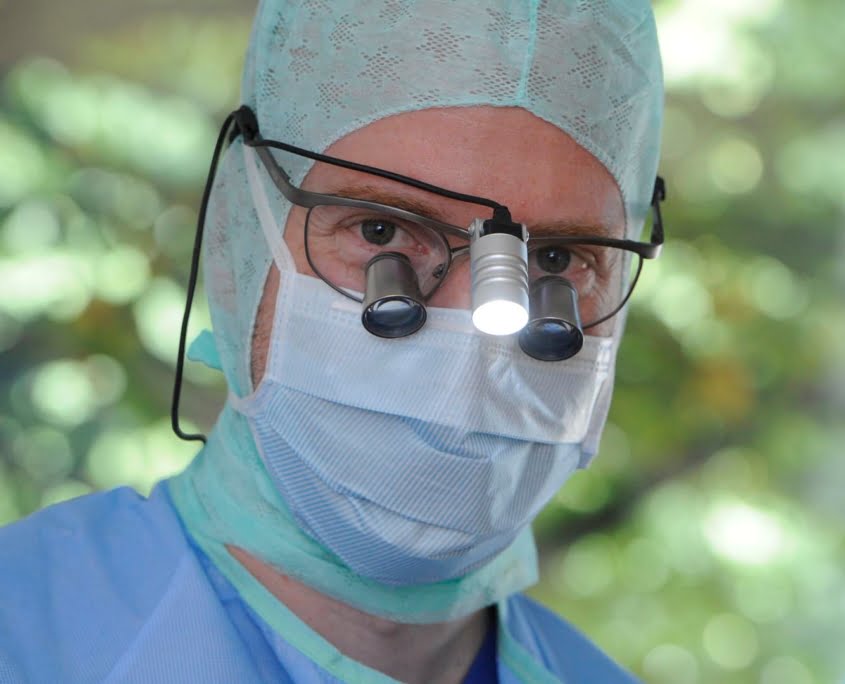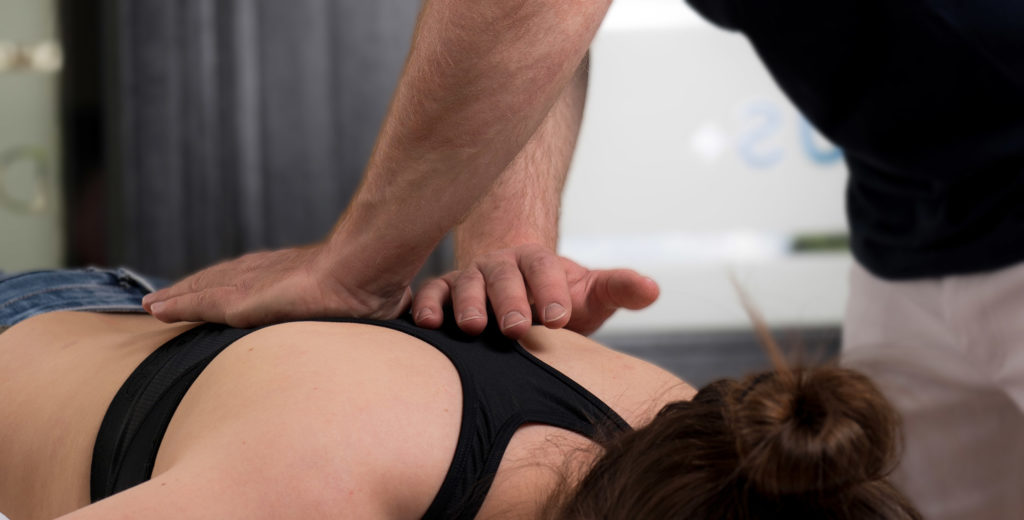First of all, it is important to evaluate the existing symptoms using conventional medicine. Depending on the symptoms, a wide range of disciplines are involved. These most often include ear, nose, and throat specialists, dentists and orthodontists as well as neurologists and orthopedists. If the causes of an organic disease have been ruled out here based on the range of symptoms, functional complaints also need to be considered.
Depending on the level of knowledge of the individual disciplines, initial functional evaluations are already carried out during the organic examination. In order to gain a deeper insight into the symptoms, additional training in manual medicine and osteopathy is required. These enable the assessment of the function of individual joints, muscles and even the connective tissue such as the so-called fascia. Movement patterns, restrictions in the extent of joint movement, or even pathological muscle tension are revealed by this and can often establish connections between individual symptoms.
Manual medical examinations also include checking so-called bite splints. If a splint is inserted in a jaw that was already “crooked” before the dentist took the impression, it can solidify the issues or, in the worst case, even intensify them.
Therefore, the fit of the splint should always be checked by a manual physician / osteopath after it has been made, and checked by the dentist. If necessary, further adjustments to the splint may be necessary until a static balance is achieved throughout the body.
The causes of sudden hearing loss seem to be multifactorial. Patients often report an occurrence in particularly stressful situations coupled with neck or back pain. But is it the stress? Is it the tension? Or can other causes be found?
One of the most common causes of a one-sided hearing loss is a so-called earwax plug. This can occur spontaneously or, far more often, through the use of ear sticks, and, depending on its severity, can cause hearing loss-like symptoms.
However, if this is not the case, it is important to rule out other causes of unilateral hearing loss. Other causes of sudden hearing loss can be divided into organic, functional and psychological components.



